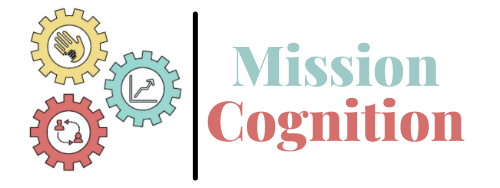Play is so much fun, isn’t it!?
Well, maybe not if you are the adult crawling around on the floor neighing like a horse or running around the room with your arms outstretched making your best jet plane noises only to be met by a less than impressed kiddo or a little buddy that doesn’t even acknowledge your existence.
Before we jump into the nuts and bolts of teaching play skills, let’s reflect for a moment on what we know about reinforcement.
Reinforcement increases the likelihood of a behavior occurring again.
Okay now back to play. Why would I, a grown woman, act like a total goofball in front of a kid? Easy. I am trying to be fun and make them laugh. I am trying to play. A kid watching, laughing and in general, seeming to enjoy my efforts, would reinforce my play behavior. This means I would be more likely to play like this in the future.
If the reverse is true and the child doesn’t look over, smile, laugh or make indication of wanting me to continue, then I am less likely to continue that behavior in the future. When it comes to play, the child’s attention and positive affect would be what’s reinforcing my play behavior.
Let’s say I am pretty resilient and creative. I bounce back from my failed horsey and jet plane attempts by deciding to put on a puppet show, or make a dinosaur eat your shoe or push a toy dump truck into a giant block tower…
Maybe now I’ve done something that has caught the child’s attention! Woo hoo! There’s the reinforcement I needed to continue my play behavior! Or….Maybe all of my efforts were in vain. As we now know, a lack of reinforcement over time will likely result in me not making future attempts to play.
This was a long way for me to express why I think more of us aren’t spending as much time really focusing on and teaching play the way we should be. It’s my hypothesis that play skills are not targeted in early learner programs at a higher frequency/intensity because professionals/parents are not accessing enough reinforcement. The response effort is too high and the reinforcement is too low. Play is not fun anymore, huh?
Play skills are very complex and I have found it very common for adults to lead with what they know, which more times than not is actually at too advanced a level for the child. It’s important to meet the kids where they are and then scaffold up.
Play really should be fun. If it’s not, you’re not doing it right….YET!
Want to learn more about how to have fun while really getting to WORK on PLAY?
Check out these additional resources:
A Parents Guide Teaching Play Skills
- You can also download our Structured Play Data Sheet
